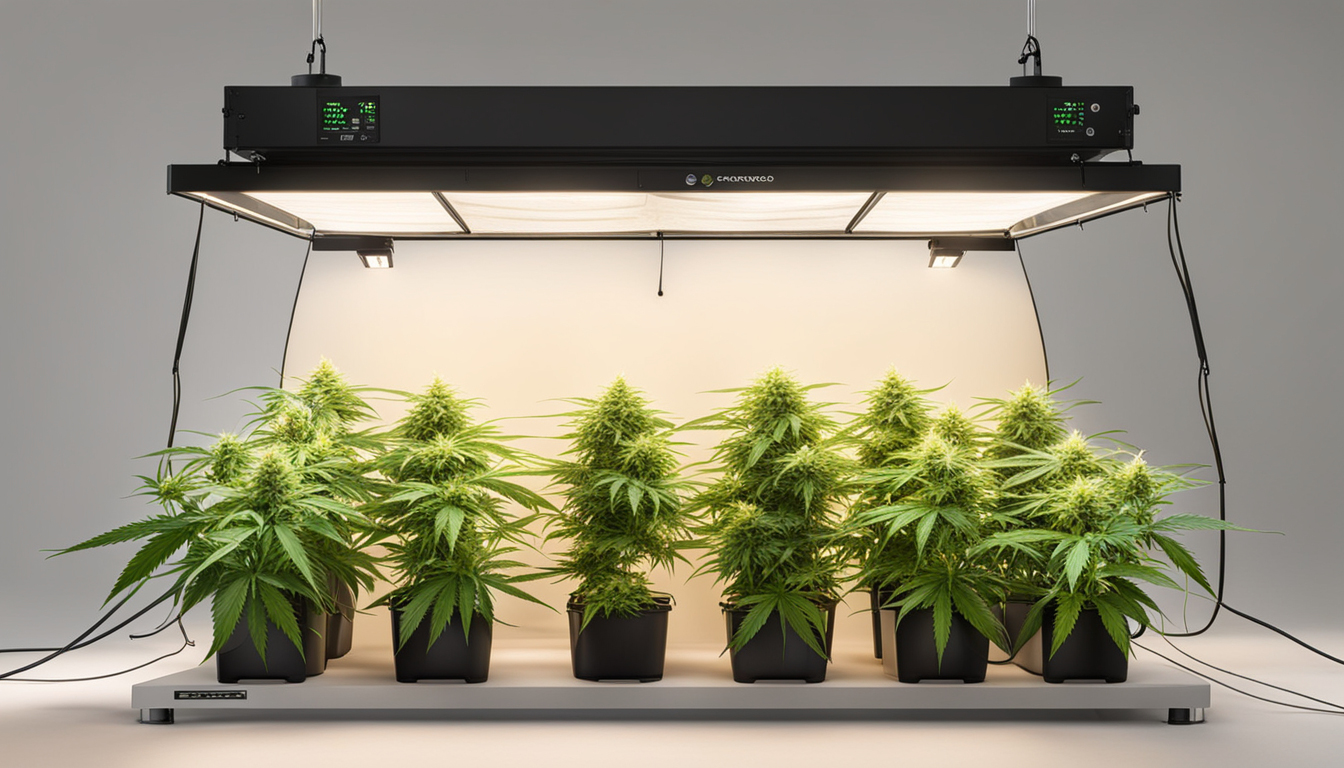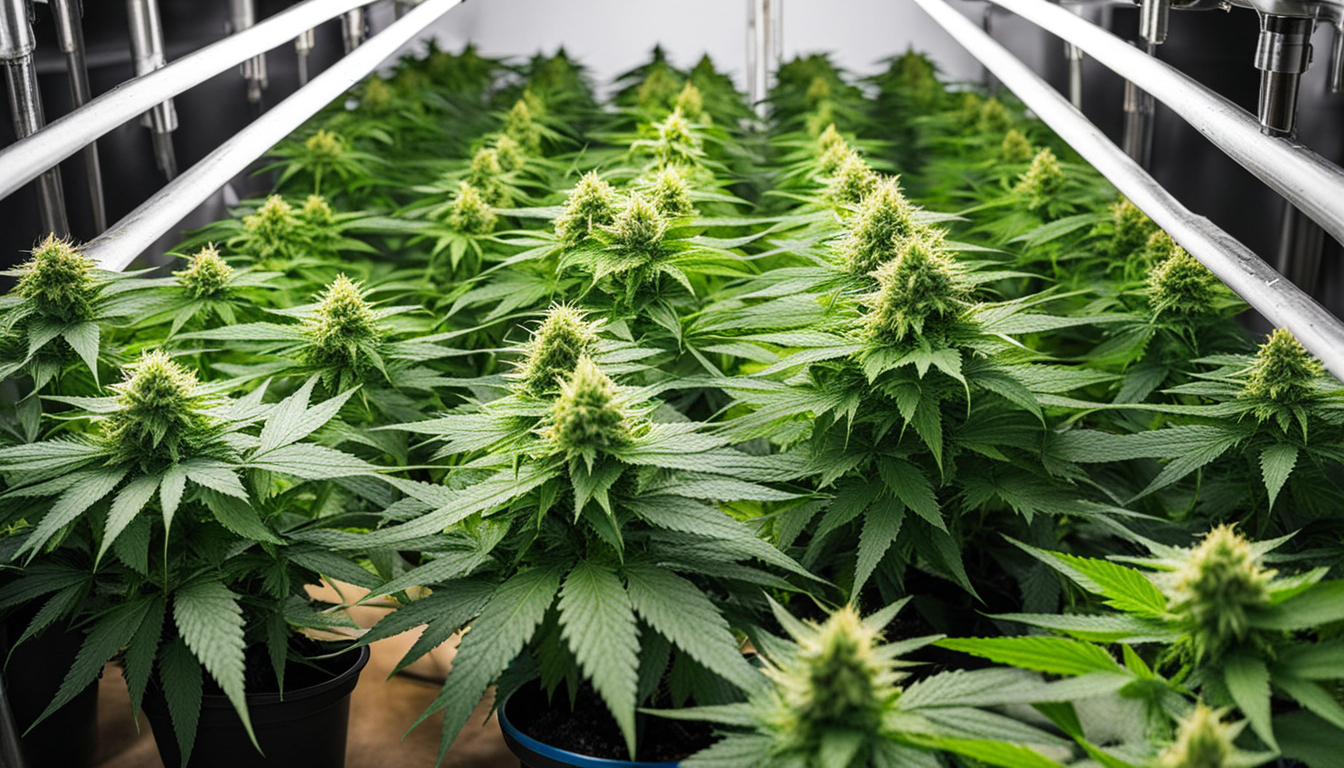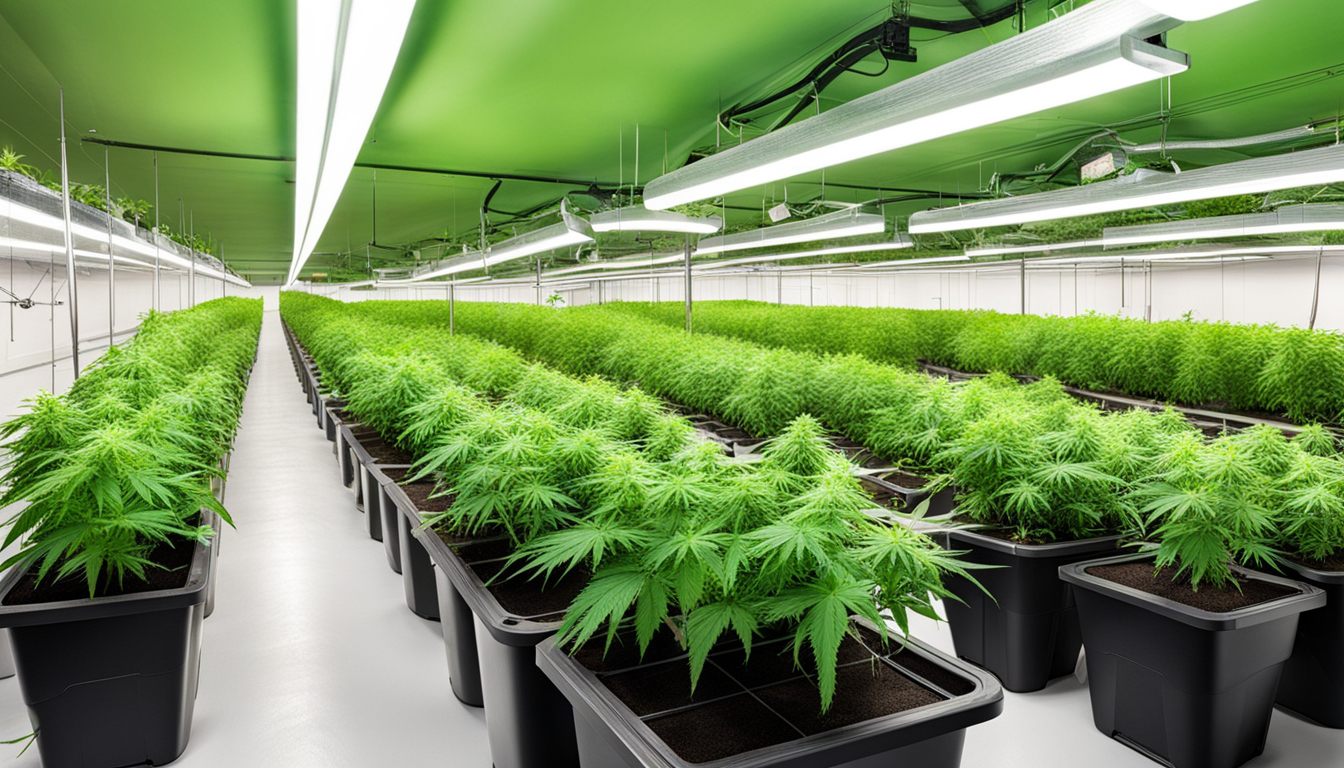
Whether you're new to weed growing or looking to improve your existing harvest, following this complete guide will help you produce large, high-quality yields right at home. With the right equipment, methods, and attention, cultivating cannabis indoors can be an extremely rewarding and cost-effective endeavor.
Choosing Weed Strains
The first step in planning your indoor crop is choosing the right pot strains to cultivate. The three main types of weed plants each have their own traits.
Energizing strains
Known for their invigorating mental effects, these strains spread tall and slender with narrow leaves. They flourish in warmer equatorial climates and have a longer flowering time between 10-12 weeks indoors. Top sativa strains include Jack Herer, Durban Poison, Super Lemon Haze, and Jack Herer.
Relaxing strains
These strains provide calming body-focused effects and spread short and bushy with wide leaves. Accustomed to colder mountain climates, they bloom faster within 2-2.25 months. Popular relaxing varieties include Granddaddy Purple, Northern Lights, and Bubba Kush.
Hybrids
Hybrid strains blend traits from both sativas and relaxing strains. They offer blended effects and have medium blooming periods around 9-10 weeks. Well-known hybrids are Blue Dream, OG Kush, and Blue Dream.

Setting Up Your Cultivation Space
Marijuana plants need the right controlled environment to thrive. Key factors for indoor farms are lighting, ventilation, layout, and finding the ideal discreet area.
Location
Choose an empty space with quick access to water and power outlets. An empty extra bedroom, unused closet, corner of the basement, or cultivation tent tucked away in a garage all make great hidden grow room spots.
Lighting
Pot requires powerful light for all growth stages. LED grow lights are efficient and come in broad spectrum options simulating natural sunlight. Provide 250-400 watts per square foot for the vegetative stage and 400-600 watts per sq. ft. for flowering.
Airflow
Proper ventilation and exhaust systems maintain ideal temp, moisture, and fresh CO2 levels. Install low-noise 10-15 cm fans or scrubbers to circulate old air and reduce odors.
Layout
Maximize your space by arranging plants strategically under the lights and allowing room to reach and work around them. Set up distinct zones for growth, bloom, drying, and cloning.

Cultivation Mediums
Cannabis can be grown in various mediums, each with benefits and cons. Pick a suitable option for your particular setup and growing style.
Soil
The traditional substrate, soil is affordable and easy for new growers. It provides great taste but requires more irrigation and fertilizing to nourish plants. Enrich soil with perlite or coir to enhance drainage.
Coconut coir
Made from coconut husks, reusable coconut fiber retains water but still lets in air to the roots. It's more sterile and more predictable than soil. Use coir-specific nutrients to prevent calcium buildup.
Water systems
In hydro systems, plant roots develop directly in fertilizer water solution. This allows quick growth but needs careful observation of water properties. DWC and drip systems are popular methods.
Germinating Seeds
Germination prepares your cannabis seeds to begin growing taproots. This prepares them for transplanting into their growing medium.
Towel Method
Place seeds between moist paper towel and keep them moist. Inspect after a week for emerging taproots showing sprouting is complete.
Direct Planting
Insert seeds right into pre-moistened growing medium 6mm deep. Gently water and wait 7-14 days until sprouts break through the top.
Rockwool Cubes
Presoak cubic rockwool starters in balanced water. Place seeds 1⁄4 inch deep into the cubes. Keep cubes moist until sprouts appear within a week to 2 weeks.
Transplanting Seedlings
Once germinated, pot seedlings need to be transplanted to prevent Click Here overcrowding. Move them into appropriately sized containers.
Ready Containers
Load large pots with growing medium enriched with time-released nutrients. Let pots to absorb water overnight before repotting.
Gently repotting
Carefully separate seedling roots from germination medium using a spade. Put into pre-soaked container at same depth as before and gently water in.
Growth Stage
The growth stage promotes leafy growth and plant structure through 3/4 to full day of continual lighting intensity. This stage usually lasts 4-8 weeks.
Using 18-24 Hours of Light
Use grow lights on a 24 daily schedule or outdoor light to initiate constant photosynthesis. Light intensity influences size and internodal spacing.
Fertilizing
Use vegetative stage fertilizers richer in N. Make sure pH remains around 5.8-6.3 for full fertilizer uptake. Fertilize 25-50% strength after 2 weeks and increase slowly.
LST and topping
Fimming, LST, and trellising direct shoot shapes for flat foliage. This boosts yields.

Flowering Stage
The flowering stage develops buds as plants reveal their sex under a 12 hour cycle schedule. It lasts 8-12 weeks depending on variety.
Switching to 12/12
Change grow lights to 12/12 or move outdoors for outdoor 12 hour cycle. This signals plants to start flowering.
Flushing
Leaching removes nutrient salts to enhance flavor. Fertilize weakly growing indoor the first period then just use pH'd water the final 2 weeks.
Flushing
Maintain 12 hour photoperiod but leach using pH-balanced water only. Return to clean watering if buds aren't mature after two weeks.
Reaping
Recognizing when marijuana is fully ripe ensures peak potency and aroma. Harvest plants at optimal ripeness.
Identifying Ripeness
Look for fading pistils, swelling calyxes, and 5-15% amber trichomes. Inspect buds around the plant as they don't all mature evenly.
Harvesting plants
Use clean, sharp pruning shears to gently cut each plant at the base. Keep 5-10cm of stem attached.
Curing
Hang whole plants or colas upside down in a lightless room with average temp and humidity around 50-60% for 1-2 weeks.
Curing
Aging continues drying while improving the buds like fine wine. This cannabisgrowguide.net technique mellows harshness and intensifies cannabinoid and terpene profiles.
Curing containers
Trim cured buds from stems and store into sealed containers, filling about 75% capacity. Use a hygrometer to monitor jar moisture.
Burping Daily
Unseal jars for a short time daily to gradually lower moisture. Remoisten buds if RH drops below 55%.
Long term storage
After 14-21 days when humidity levels off around 55-65%, do a final manicure and store forever in sealed jars.
Troubleshooting
Even experienced cultivators run into various pot plant problems. Identify problems early and fix them properly to keep a healthy garden.
Poor feeding
Chlorosis often indicate inadequate nitrogen. Purpling stems and leaves signal phosphorus deficiency. Check pH and boost nutrients slowly.
Pests
Thrips, aphids, fungus gnats, thrips, and nematodes are common marijuana pests. Use neem oil sprays, ladybugs, and yellow traps for natural control.
Powdery mildew
High humidity promotes powdery mildew and root rot. Improve airflow and venting while lowering RH under 50% during flowering.

Summary
With this complete indoor pot cultivation guide, you now have the knowledge to grow bountiful potent buds for personal harvests. Apply these techniques and techniques throughout the seed starting, growth, and bloom stages. Invest in quality equipment and carefully check on your plants. In time, you'll be compensated with sticky aromatic buds you grew yourself under the loving care of your green thumbs. Good luck cultivating!